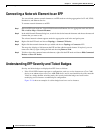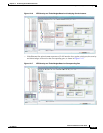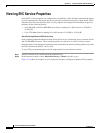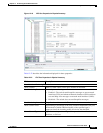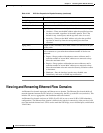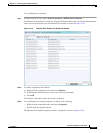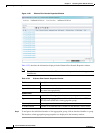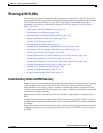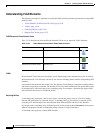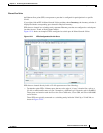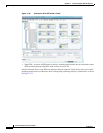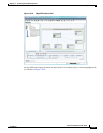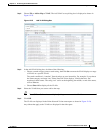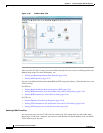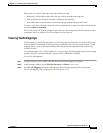
12-46
Cisco Prime Network 4.0 User Guide
OL-29343-01
Chapter 12 Monitoring Carrier Ethernet Services
Working with VLANs
Understanding VLAN Elements
The following concepts are important to understand when working with the representation of edge EFPs
inside VLANs:
• VLAN Elements in Prime Network Vision, page 12-46
• VLANs, page 12-46
• Switching Entities, page 12-46
• Ethernet Flow Points, page 12-47
VLAN Elements in Prime Network Vision
Table 12-24 describes the icons that Prime Network Vision uses to represent VLAN elements.
VLANs
Prime Network Vision discovers and allows you to display maps with a network-level view of VLANs.
In Prime Network, a VLAN entity consists of one or more switching entities and the corresponding EFP
elements.
A network VLAN represents the virtual LAN. The network VLAN holds its contained switching entities
and can be associated to a customer. The network VLAN also holds the Ethernet flow points that are part
of the network VLAN but not part of any switching entity. For example, a port that tags ingress flows
after which the flow moves to a different VLAN.
Switching Entities
A switching entity represents a device-level Layer 2 forwarding entity (such as a VLAN or bridge
domain) that participates in a network VLAN. A switching entity is associated to a network VLAN
according to its relationship to the same Ethernet Flow Domain (EFD) and the VLAN identifier.
If you right-click a switching entity in Prime Network Vision and then choose Inventory, the inventory
window is displayed with the corresponding bridge selected in Logical Inventory.
A switching entity typically contains EFP elements.
Table 12-24 VLAN Elements and Icons in Prime Network Vision
Element Associated Network Element Icon
Network VLAN None
Switching entity Bridge
Ethernet Flow Point (EFP) Ethernet port



